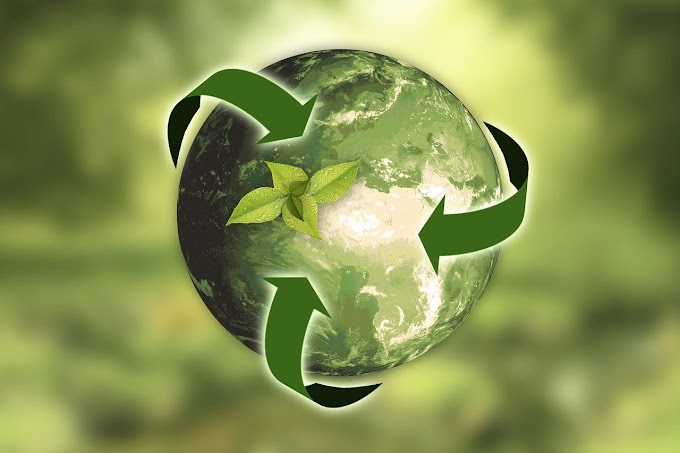Yarn Doubling and Preparatory for Doubling
Majority
of the yarns produced on ring frame or on any other alternate spinning process
like Friction spinning, open end spinning, air jet spinning etc. are directly
used as warp or weft in the weaving department. However, some types of yarns
undergo the process of doubling.
The main objectives of doubling process are:
- To improve yarn regularity and produce a stronger yarn.
- To produce trade yarns and fancy yarns.
- To modify yarn characteristics such as elongation, luster, crimp, hairiness etc.
Preparations of Doubling:
It is not preferable
to use directly the yarns on two or more ring bobbins and combine them by
doubling process. Firstly the length of the yarn on ring bobbins will be
comparatively much less and hence the number of creelings that will have to be
made on doubling would increase. Further, the storing capacity of the creel on
a doubling frame will have to be increased due to huge stock of full bobbins
are required to made available for usage in doubling.
Secondly, it is
important to keep equal tension on the component yarns when two or more yarns
are doubled, if this is not maintained it will show up as a defect called ‘Cork
screwing’ which is rather used as a fancy yarn. Thus, in preparatory doubler
winder machine is used where two or more yarns are wound on one package to
produce cones or cheeses.
Doubler Winding Machine- Object and passage
Objects
of Doubling winding machine:
The
main object of doubler winding machine is used to wind two or more ends on
package prior to twisting. Also, the doubler winding machine must have
tensioning device that ensures uniform tension in the ends before winding into
cheese or cone.
Passage of yarn through Doubler Winding machine:
- In doubler winding machine, the yarns from the two ring bobbins in the creel are combined on one package
- The two yarns from separate ring bobbins pass through the two stop motions device before entering the tensioning device
- It is significant to provide two stop motions separately for two ends because the winding should stop at the very moment when either of the end breaks or else it will show up a defect.
- The yarn through the guides passes to the tensioning device. If two separate tensioning devices are provided it is necessary to maintain equal tension on the component yarns.
- After passing through the tensioning device, by the means of combining guide the two supply bobbins are combined. Lastly, the yarn is finally wound in cheese or cone form.
Advantages of using Doubler winding machine:
- It ensures the elimination of possibility of one or more missing single yarn.
- Avoids ‘Cork Screw’ defect in doubled yarn due to equal tension in the single yarn.







0 Comments